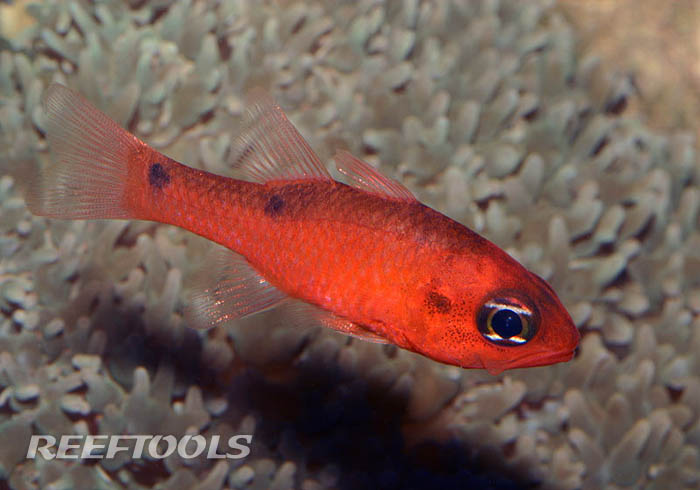Hey Everyone! It’s Rose here.
My past week has been filled with new experiences and it has
been a lot of fun. Last Tuesday I was switched to work on Eastern and Western
Brothers’ Islands with another intern. The Brother’s Islands are off the coast
of Maine near Jonesport. The terrain here is mostly cliffs dropping off into
the ocean, ideal habitat for some alcids. This Island is vastly different
from Ship Island however, in that it had previously not had an established tern
colony. Here they focus on Black Guillemot nests and attracting Razorbills and
Puffins to the island. This year however, after years of trying to attract
terns, the Brothers finally have a nesting tern pair and I was able to witness
the hatching of one of the eggs. Currently we have two healthy chicks. Another
pair appears to be nesting, fingers crossed!
.jpg) |
| First Tern chicks on Eastern Brothers! |
Since arriving I have been climbing cliffs in an attempt to
find new Guillemot nests and learning about the nesting traits and behavior for
the bird. I have also seen several Razorbills approach and flock to our decoys.
There have been no puffins as of yet but we have our fingers crossed. Below to the left is a Guillemot in her nest and to the right is a Razorbill on the water.
For the nine days that I am out here I have been able to
take on supervisor responsibilities and create data records for the species and
all that we record on the island. Since we have two islands I have also been
able use our small boat to get to our neighboring island. It has been a
fulfilling experience so far and it is truly beautiful out here. Next time I
post I should be back on Ship Island. Till then!
 |
| My house is the little box on the right side there. |


























